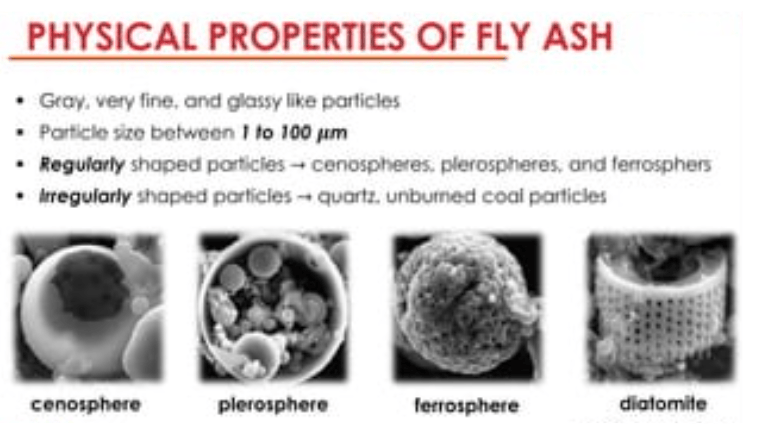Your cart is currently empty!
Emerging Trends in the Recovery of Ferrospheres and Plerospheres from Coal Fly Ash Waste
In a ground-breaking study, titled “Emerging Trends in the Recovery of Ferrospheres and Plerospheres from Coal Fly Ash Waste and Their Emerging Applications in Environmental Clean-up,” researchers have uncovered new avenues for the effective recovery of valuable materials from coal fly ash waste. This innovative research not only offers promising solutions for managing coal fly ash waste but also presents opportunities for environmental clean-up.
Coal fly ash, a by-product of coal combustion, has long been regarded as a significant environmental concern due to its potential for releasing harmful substances into the environment. However, this study, conducted by a team of experts from renowned institutions, highlights the potential of recovering ferrospheres and plerospheres from coal fly ash waste, opening new possibilities for environmental remediation.
Ferrospheres and plerospheres are spherical particles found in coal fly ash waste, known for their unique chemical and physical properties. They have garnered considerable interest due to their potential applications in various industries, including construction, ceramics, and environmental remediation.
The research team explored innovative methods to extract and recover these valuable particles from coal fly ash waste, emphasising the importance of sustainable waste management practices. By employing techniques such as magnetic separation and centrifugation, they were able to isolate and collect the ferrospheres and plerospheres efficiently.

The study also shed light on the emerging applications of these recovered particles in environmental clean-up. Ferrospheres and plerospheres possess adsorbent properties, making them effective in the removal of heavy metals, organic pollutants, and other contaminants from soil and water. This discovery could significantly impact the field of environmental remediation, offering a cost-effective and sustainable solution for addressing pollution and contamination issues.
Furthermore, the recovered ferrospheres and plerospheres exhibit potential in the construction industry. These particles can be utilised as lightweight aggregates in concrete production, enhancing the material’s properties and reducing its environmental footprint. This dual benefit of waste reduction and resource utilisation underscores the importance of innovative research in waste management.
The findings of this study present a breakthrough in the field of coal fly ash waste management and environmental clean-up. By recovering valuable particles from this waste stream, researchers have not only addressed a pressing environmental concern but also uncovered new opportunities for sustainable resource utilisation.
The implications of this research extend beyond academia, as governments, industries, and environmental organisations can leverage these findings to develop effective strategies for waste management and pollution control. The potential commercialisation of the recovery process holds promise for creating a circular economy that maximises the value of waste materials.
As the world continues to grapple with environmental challenges, innovative studies like this provide hope for a more sustainable future. The recovery of ferrospheres and plerospheres from coal fly ash waste and their subsequent applications in environmental clean-up mark significant progress in addressing waste management and pollution concerns. By harnessing the potential of these valuable materials, we can pave the way for a cleaner, greener planet.
